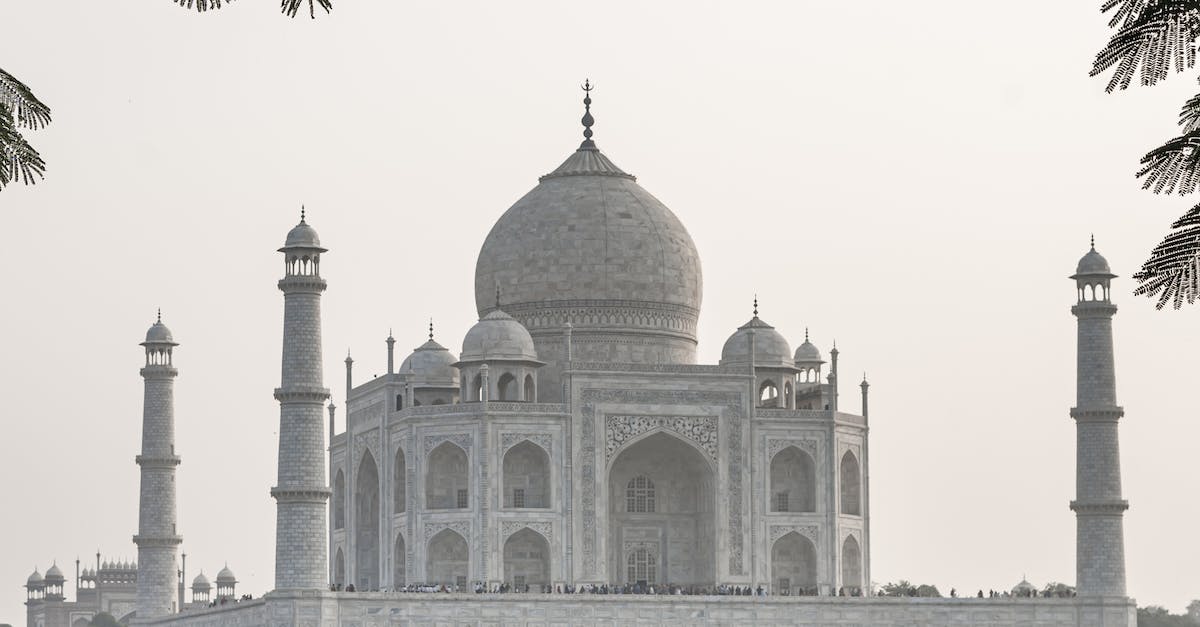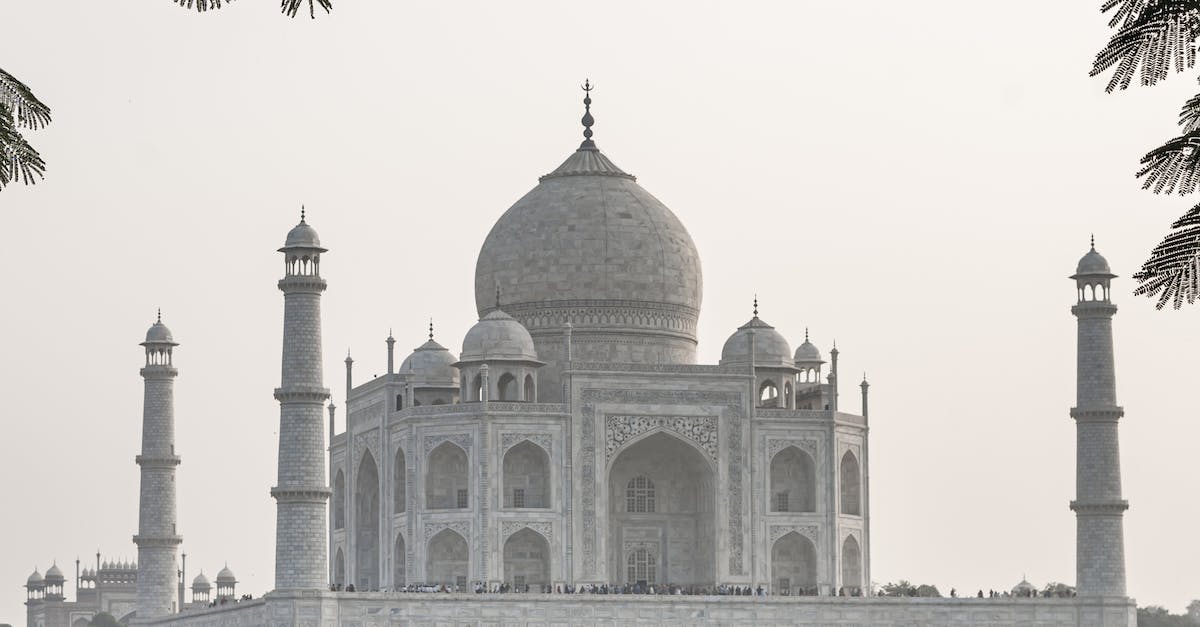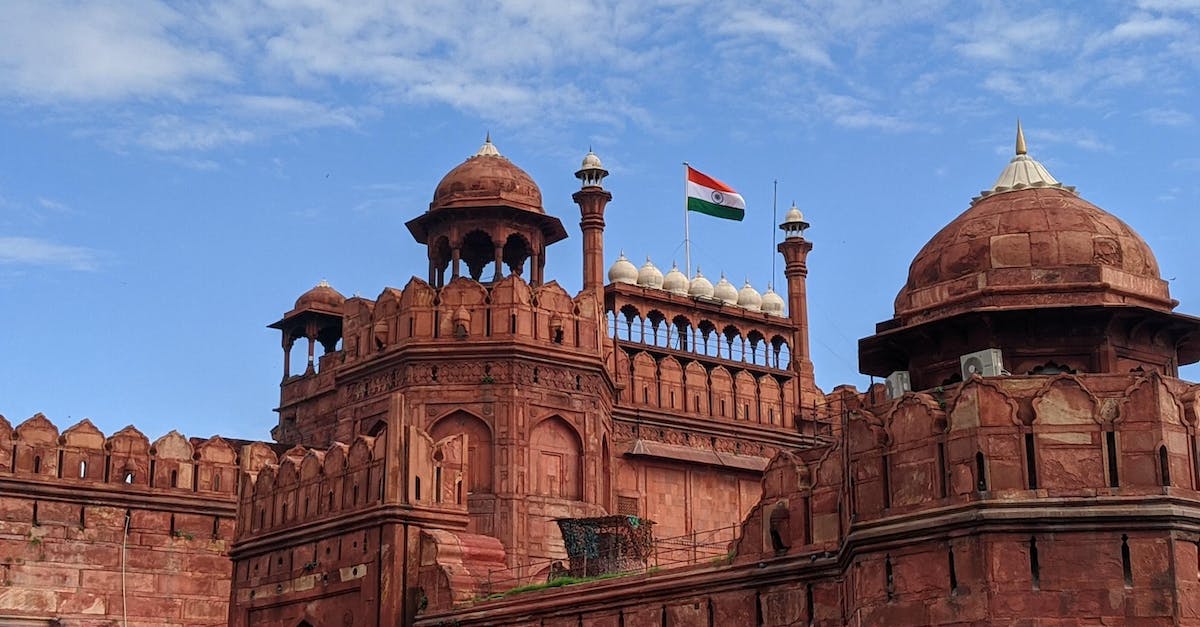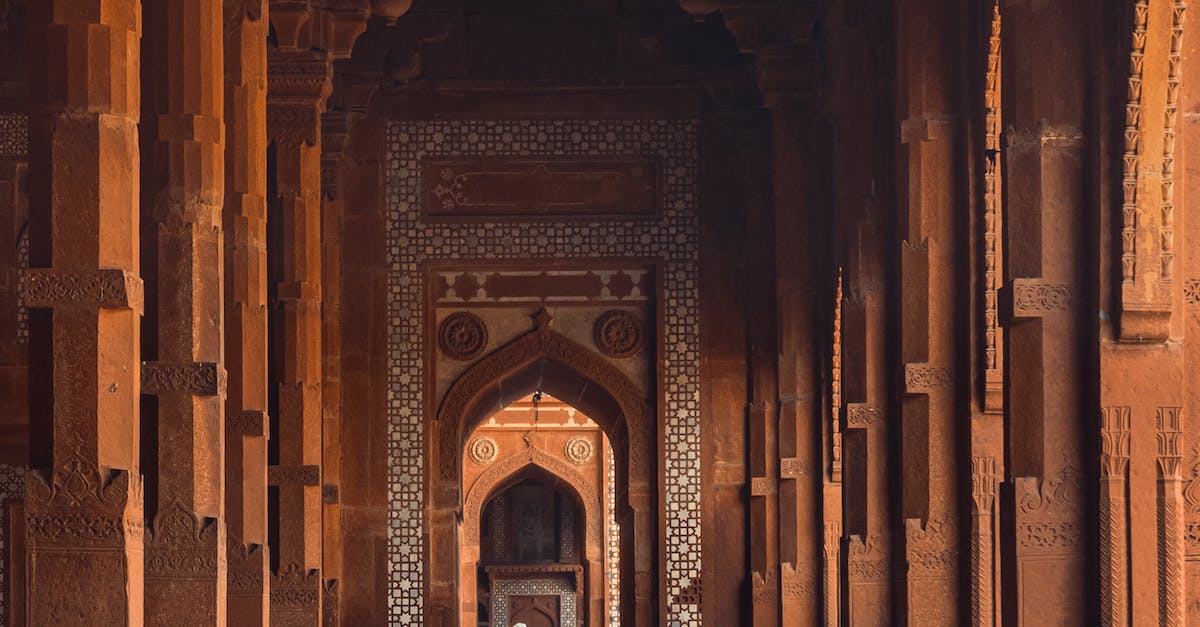
 The Taj Mahal is a white marble mausoleum located in the city of Agra, India. It was built by the Mughal emperor Shah Jahan in memory of his wife Mumtaz Mahal. The monument features intricate carvings and beautiful gardens, and is known for its stunning reflection in the adjacent pool.
The Taj Mahal is a white marble mausoleum located in the city of Agra, India. It was built by the Mughal emperor Shah Jahan in memory of his wife Mumtaz Mahal. The monument features intricate carvings and beautiful gardens, and is known for its stunning reflection in the adjacent pool.
 The Agra Fort is a UNESCO World Heritage Site located in the city of Agra, India. It was built in the 16th century by Emperor Akbar and is known for its red sandstone architecture and intricate carvings. The fort features a number of palaces and mosques, and offers stunning views of the Taj Mahal from its walls.
The Agra Fort is a UNESCO World Heritage Site located in the city of Agra, India. It was built in the 16th century by Emperor Akbar and is known for its red sandstone architecture and intricate carvings. The fort features a number of palaces and mosques, and offers stunning views of the Taj Mahal from its walls.
 The Fatehpur Sikri is a UNESCO World Heritage Site located near the city of Agra, India. It was built in the 16th century by Emperor Akbar and is known for its stunning red sandstone architecture and intricate carvings. The site features a number of palaces, mosques, and other buildings, and is surrounded by beautiful gardens and courtyards.
The Fatehpur Sikri is a UNESCO World Heritage Site located near the city of Agra, India. It was built in the 16th century by Emperor Akbar and is known for its stunning red sandstone architecture and intricate carvings. The site features a number of palaces, mosques, and other buildings, and is surrounded by beautiful gardens and courtyards.
The Taj Mahal was built by the Mughal Emperor Shah Jahan in memory of his wife Mumtaz Mahal, who died during childbirth in 1631. Construction of the mausoleum began in 1632 and took over 20 years to complete, with the help of over 20,000 workers. The Taj Mahal is considered one of the greatest examples of Mughal architecture and is a UNESCO World Heritage Site.
Agra is famous for its delicious street food, including chaat, pani puri, and samosas. The city is also known for its Mughlai cuisine, which features a mix of Indian and Persian flavors. Popular dishes in Agra include biryani, kebabs, and tandoori chicken.